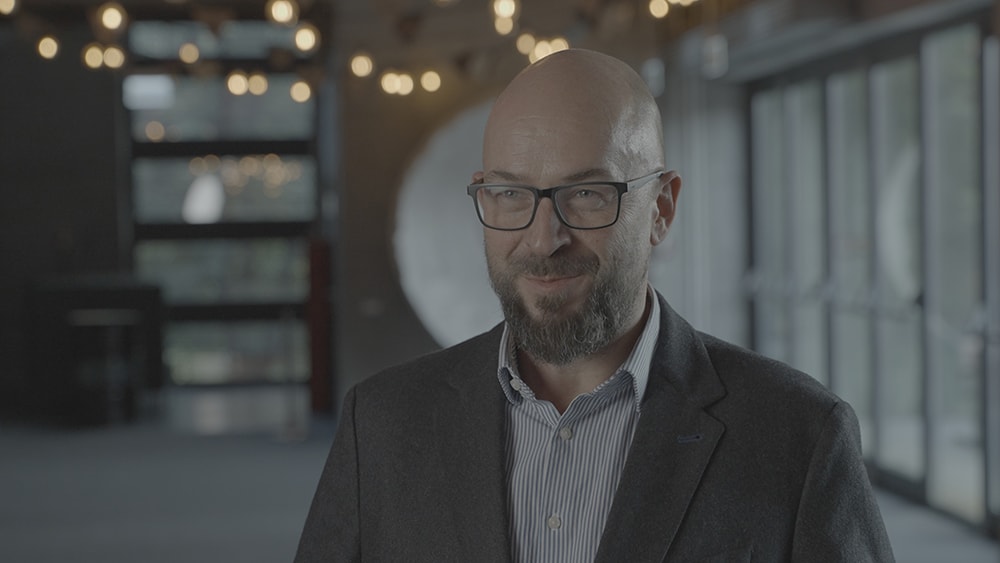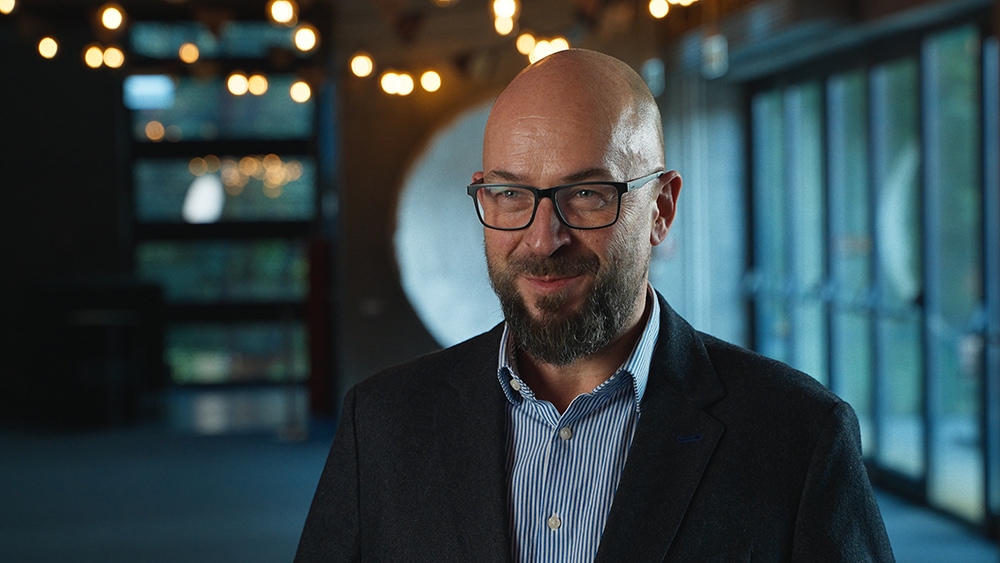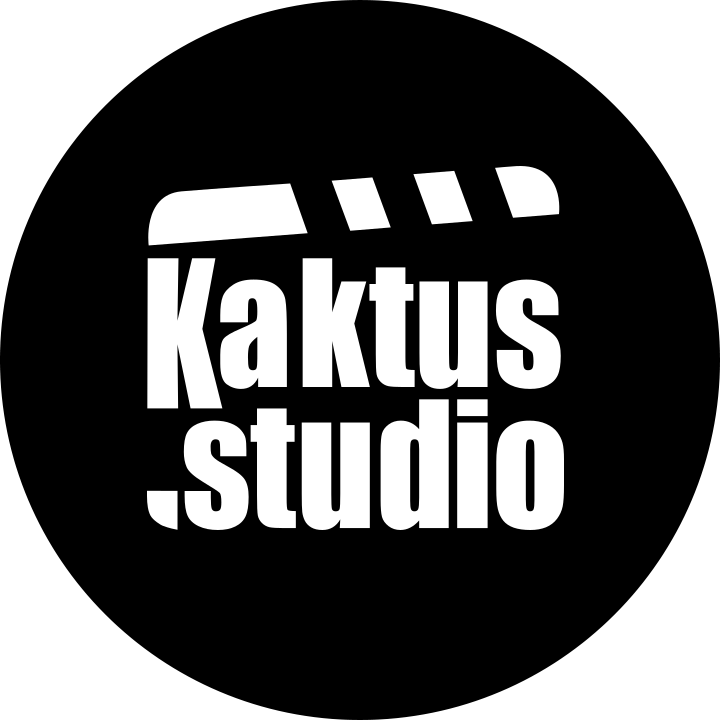There is nothing bringing more focus than a motion picture, every single day we witness a huge amount of materials promoting different products and brands. In addition, the market research confirming its effectiveness only strengthen this trend. So, I kindly envite you to Kaktus.studio! Together we will create engaging commercials, training films, coverages from events and other short forms for social media, which will translate into your success!
PREPRODUCTION
The key to effective and impressive film production, regardless of its size, is always proper preproduction. Each project begins with a conversation about initial requirements and goals in the context of a given company, brand, product or service. It is also impossible not to refer to the assumed budget, which has an obvious impact on production and postproduction capabilities. This information, through creative brainstorming, allows you to create a script, visual references (so-called mood board) and, after checking the location, a detailed shooting plan.
PRODUCTION
The reliability and accuracy of preproduction directly affects the efficiency of the production itself. The previously mentioned location of the shooting set may take place outdoors, at the client’s place or in a rented studio, for example in our friendly Studio 4.0 in Krakow. Depending on the type of production, actors may take part in it and their appearance will be supervised by a make-up artist. The equipment presented below allows for many things, but sometimes it also needs to be supplemented with additional elements, such as a camera crane or additional lighting units. Finally, the crew; sometimes I work alone, but most often we create a small team, thanks to which we can achieve better results.
GEAR
Of course, the equipment itself does not guarantee perfect results, but it can make it much easier to achieve them. Currently at disposal are: Sony A7SIII and Sony A7IV cameras with Irix Cine and Tamron lenses and the Tilta Nucleus Nano II follow focus system, lamp sets with modifiers, DJI Ronin RS2 gimbal, Manfrotto video tripods, Atomos Shinobi and Portkeys preview monitors, Zoom H6 audio recorder, Rode and Sennheiser microphones with wireless transmission kits, Zeapon Micro 3 motorized slider, Smallrig teleprompter and the DJI Mavic 3 Classic drone. In addition, there is always an X-Rite ColorChecker Passport Video color chart on the set for accurate color reproduction.
POSTPRODUCTION
The postproduction process is fully conducted in DaVinci Resolve Studio software, of which I am Certified End User in versions 15 and 16, as well as Certified Trainer since 17 (Introduction to DaVinci Resolve, Color Grading and Fusion Effects) and each of its stages, i.e. proper editing, sound, vfx and finally color grading, should serve to ensure that the film meets, or preferably exceeds, the expectations expressed in preproduction.
It all starts with tedious reviewing the footage to select the best possible shots. Then the clips are arranged on the so-called timeline, moved, cropped, etc. Depending on the type of film, music may also be an important element at this stage. It can set the rhythm of changing scenes, but can also only constitute a delicate background of what is happening on the screen. Choosing the right music track can be extremely time-consuming, fortunately, the Artlist service I use has extensive filtering functions for its rich database of songs. The sound is also complemented by sound effects and, of course, all monologues and dialogues, and the whole mix is then subjected to appropriate mastering.
Another part of postproduction is vfx, i.e. all kinds of visual effects that allow, among others, for combining different images into one (compositing), so-called keying green screen, replacing the sky, removing unwanted elements from the frame and adding new ones generated by AI tools, or all kinds of 2D and 3D animations.
And finally, the stage that determines the final appearance of the film – color grading. It can be safely assumed that preproduction reference images from the moodboard are very different from those received straight from the camera, where the image is most often recorded in raw format or in the so-called flat profile (e.g. S-Log3). An example is the still below (before and after color correction); the colors are kind of “washed out”, everything seems too bright.


So first, you need to address proper color management. Personally, I prefer to work in the DaVinci Wide Gamut / Intermediate color space with a simultaneous preview in the target color space, such as Rec 709. Then, basic color correction takes place, based on setting the appropriate exposure, contrast, color balance, or noise reduction, while maintaining the appropriate skin tones or product colors in the case of advertising. Then the work is focused more locally, individual image elements can be corrected in order to achieve specific effects, including shaping the viewer’s focus area. Finally, changes are being made to the colors, including using special DCTL plugins and added effects such as grain or halation, all to achieve the intended final character of the image.
STUDIO
Advanced postproduction process requires efficient equipment, including accurate and regularly calibrated monitors. In the studio I have three at my disposal; the first (BenQ PD2700U) displays the user interface, the second (BenQ PD2500U) displays charts, the so-called scopes, while the third one (BenQ SW271) is connected using a special Blackmagic Design DeckLink Mini Monitor 4K card and calibrated as a reference monitor for full-screen viewing. In addition, work is made much easier by, among others: Blackmagic Design Micro Panel, Wacom Intuos Pro M graphics tablet, Loupedeck Live console or high-speed fiber optic connections. More information can be found on the Studio page.
PORTFOLIO & CONTACT
Kindly envite you to look through the portfolio and contact me for individual offer!
